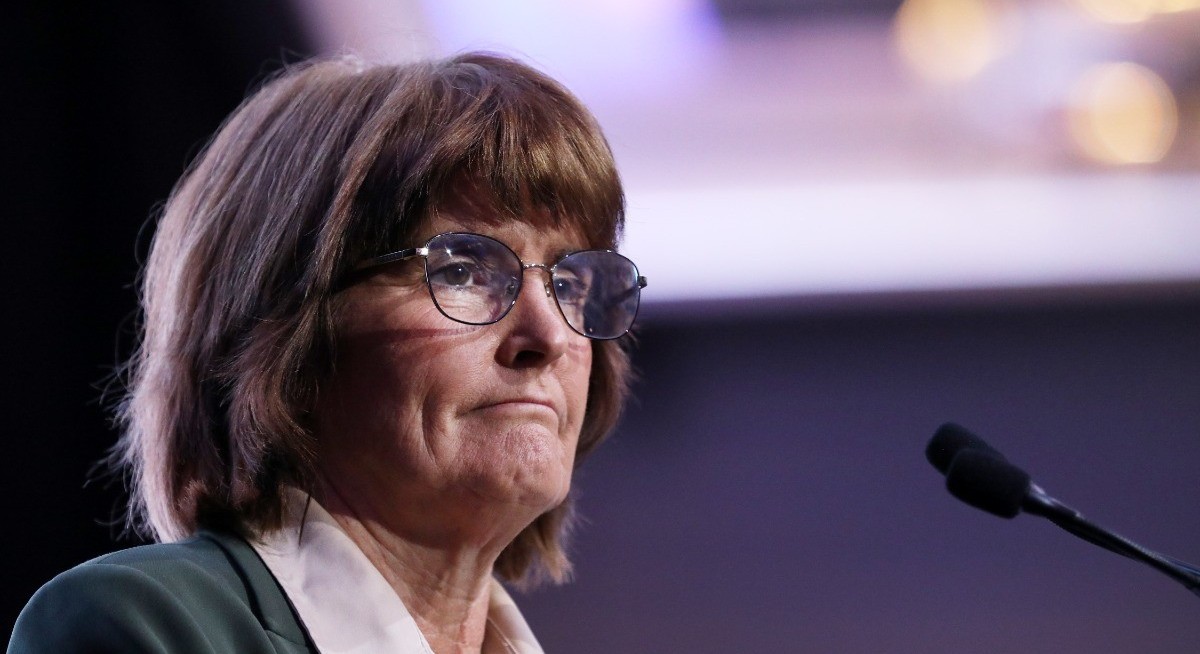(Nov 4): Australia’s central bank held its key interest rate steady in a widely anticipated decision while Governor Michele Bullock signalled a combination of lingering inflation pressures and a steady job market raised the bar to further easing.
The Reserve Bank’s board held its cash rate at 3.6% on Tuesday (Nov 4) and reaffirmed that future moves will be guided by incoming data after consumer prices surged beyond expectations last quarter. The decision was taken unanimously by the nine-member board, according to a statement.
Speaking to reporters, Bullock said the RBA wasn’t ruling out policy moves in either direction. “We think we are pretty close to neutral. We may be a little bit restrictive; we may not be,” she said. “We don’t have a bias.”
The governor did her best to avoid giving forward guidance, though she did send government bond yields higher for a while when markets focused on her suggestion that it’s possible there won’t be any more rate cuts.
Ahead of the decision and after the spurt in inflation, economists from Goldman Sachs Group Inc to Commonwealth Bank of Australia switched to calling an end to the RBA’s easing cycle. Australian households are increasingly cashed up following tax cuts and the RBA’s prior easing, highlighting the consumption impulse in the economy.
See also: StanChart raises outlook as quarterly profit beats estimate
The RBA’s pause follows a Federal Reserve cut for a second consecutive meeting and, despite a hawkish bent, markets still see a chance the US central bank will ease again in December. The Bank of England, meanwhile, is expected to stand pat on Thursday as it struggles with inflation pressures as well.
Bullock said the RBA board didn’t consider a cut, adding that the discussion focused on holding borrowing costs and the strategy going forward.
“We still think there’s a bit of excess demand in the economy,” she said. “Nevertheless, we are alert to the risk that we have misjudged the gap between demand and supply in the economy in either direction.”
See also: UBS profit beats expectations on investment bank, legal costs
The RBA on Tuesday also published its quarterly macroeconomic forecasts which showed core inflation is expected to climb above the top of the 2-3% target through mid-2026 while the labour market is likely to remain broadly stable. The latest estimates assume one rate cut in the second quarter of next year.
The RBA operates under a dual mandate and aims for inflation at the midpoint of its 2-3% target while trying to achieve sustainable full employment.
The forecast “revisions imply that the RBA will maintain a hawkish bias despite today’s pause”, said Devika Shivadekar, an economist at consultancy RSM Australia. “Any further upside surprises in inflation or evidence of sustained demand mean the bank will be reluctant to cut rates.”
Domestically, economic data has been mixed. While there are signs of a cyclical upturn as private demand picks up, there are some worries of a stagflation-type scenario playing out. Recent data show credit growth has picked up while house prices hit a record high in October, suggesting financial conditions aren’t overly restrictive.
At the same time, Australia’s manufacturing sector shrank in October for the first time this year and was accompanied by the first fall in headcount in eight months. That’s a bad omen for unemployment which, at 4.5%, is at its highest rate since September 2021.
Nonetheless, Bullock described the job market as still a little bit tight, adding that she does not see the risk of stagflation emerging.
On the international front, uncertainty is elevated with the outlook clouded by US President Donald Trump's administration’s protectionist policies, heightened geopolitical tension and a slowdown in Chinese demand.
In its rate decision statement, the board pointed to a series of uncertainties: from how restrictive monetary policy is to the lags in the impact of recent rate cuts and the outlook for productivity growth.






